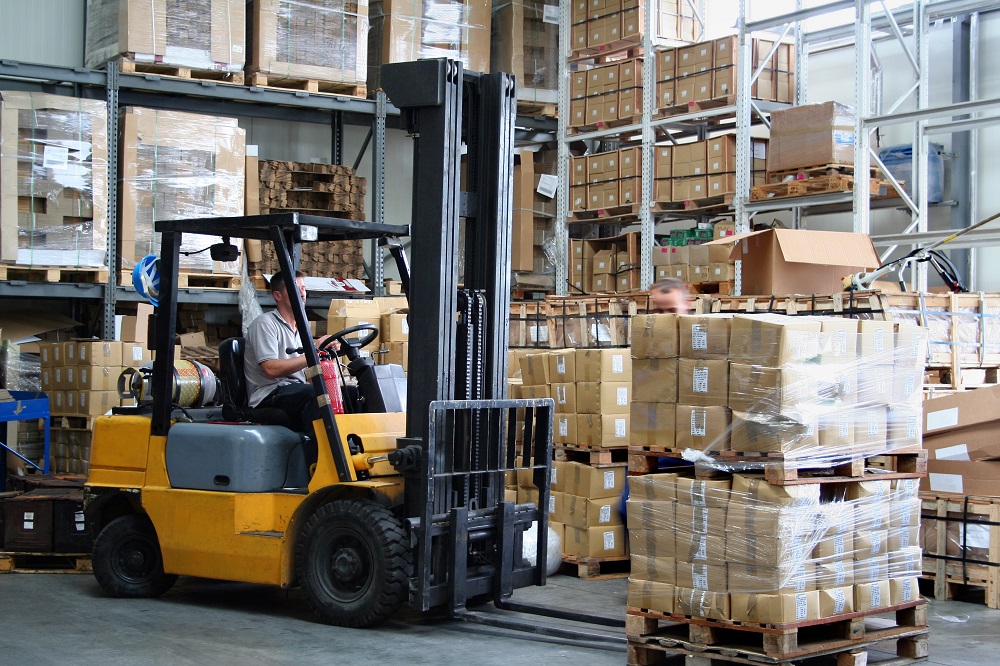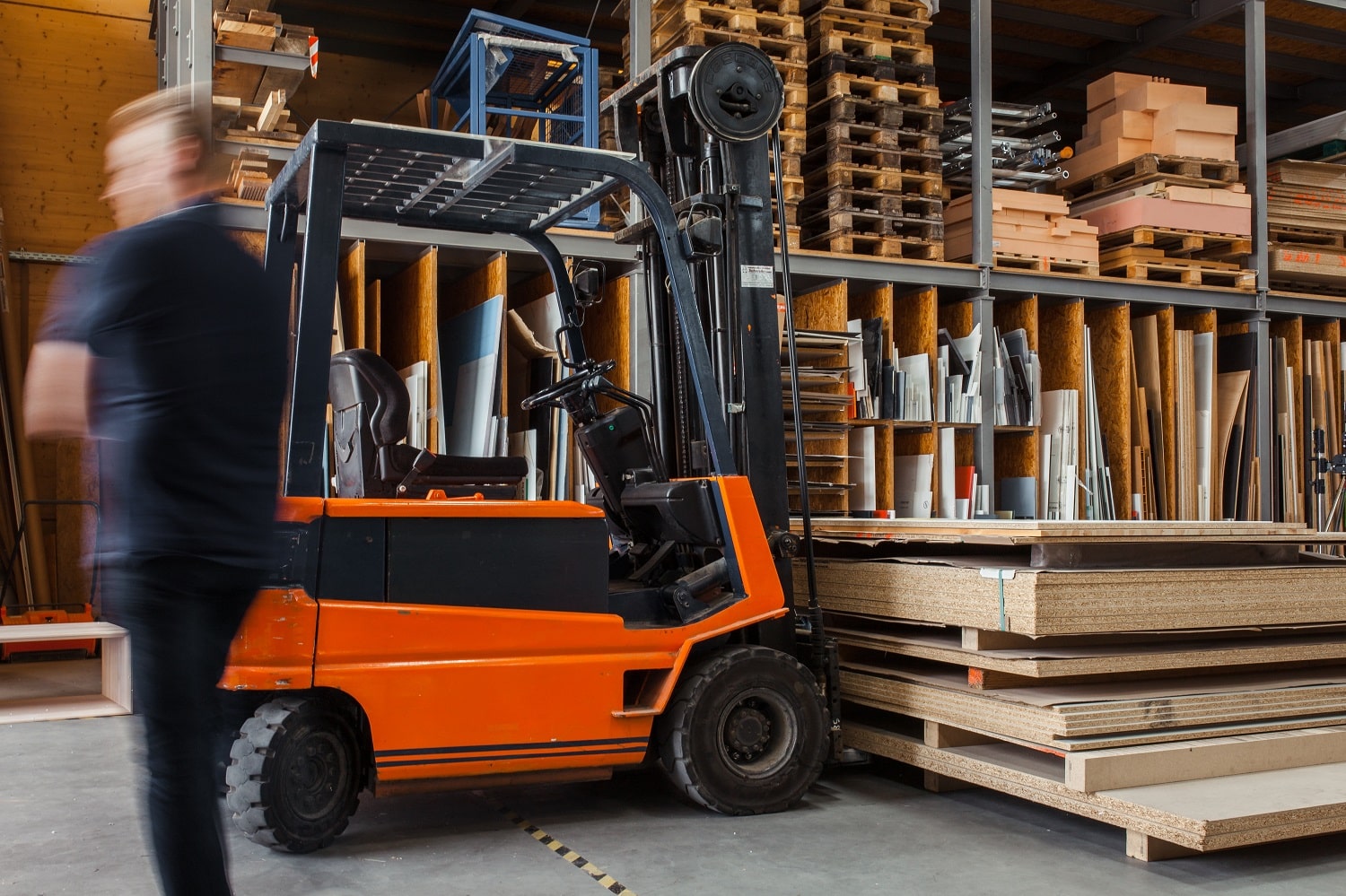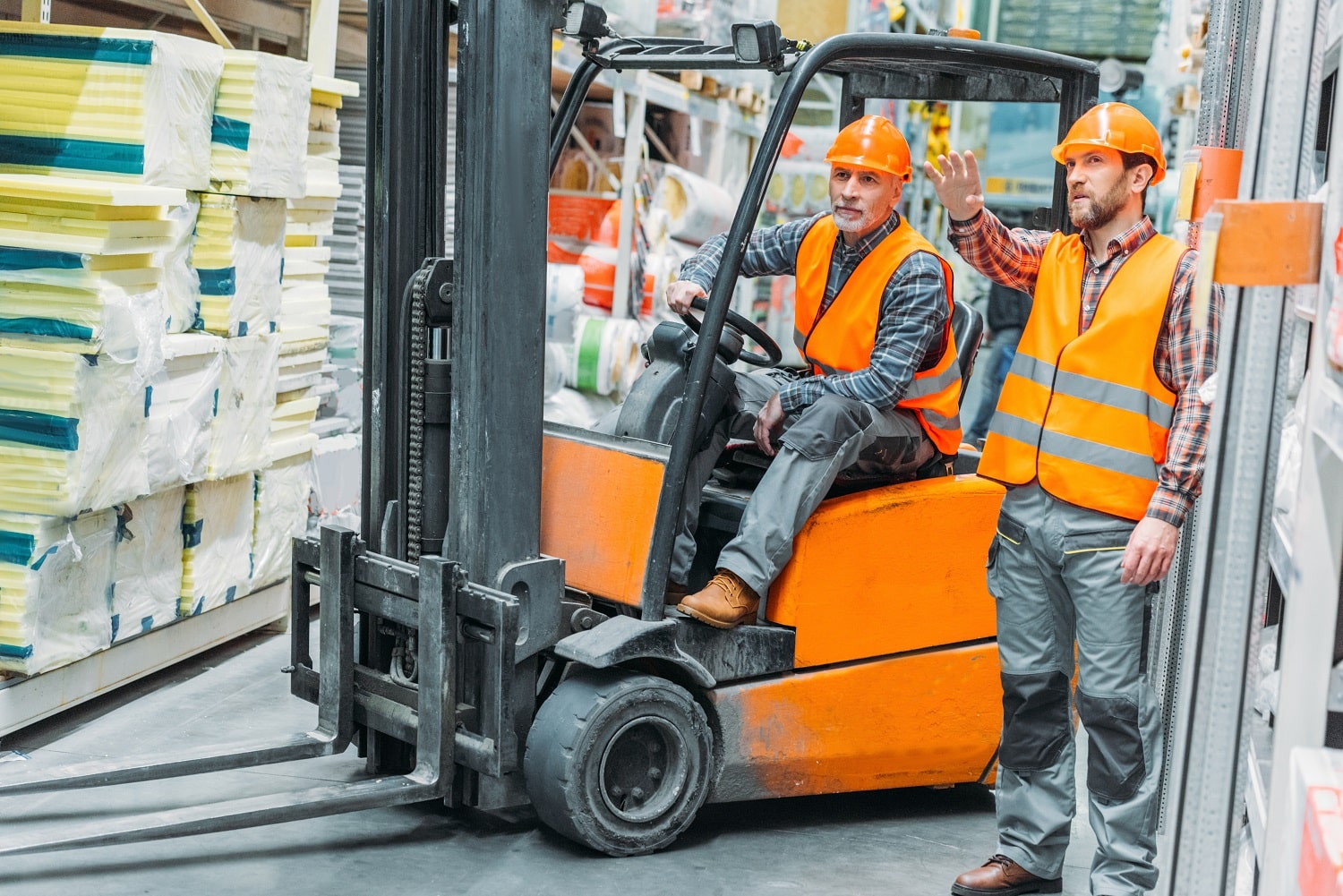How Long Can Forklift Extensions Be: Lengths, Regulations, and Best Practices

Forklift extensions are crucial tools in material handling, allowing forklifts to manage loads that are longer and not typically supported by standard forks. However, understanding how long fork extensions can be, while ensuring they are used safely and effectively, involves navigating a mix of regulatory guidelines and practical considerations.
Regulatory Standards for Fork Extension Length
According to OSHA guidelines, fork extensions should not exceed the length of the forklift’s original forks by more than 50%. This rule ensures that the forklift maintains its stability while handling loads. If a forklift’s forks are 48 inches long, the extensions should not make the total length more than 72 inches.
Load Balance and Fork Extension Safety
The length of the fork extensions also affects the load balance and the overall safety of the operation. Longer extensions can shift the center of gravity of the load further forward, potentially leading to instability or tipping if not properly managed. It’s crucial to assess the weight distribution and the type of load being handled to determine the safest extension length. For example, while handling longer and lighter loads, such as pipes or lumber, properly fitted extensions can provide the necessary support without compromising the forklift’s stability.
Material and Design Considerations
Fork extensions are typically made from heavy-duty steel to ensure durability and the ability to support various types of loads. The design of the extensions often includes a retaining bar to prevent them from slipping off the forks during operation. The extensions must be well-maintained and regularly inspected for any signs of wear or damage, such as bends or cracks, which can significantly affect their performance and safety.
Operational Training and Best Practices
Proper training is essential for operators who use forklift extensions. This training should cover not only the correct installation and removal of the extensions but also the specific handling techniques required for extended forks. Operators must be aware of the increased length when maneuvering through aisles, around corners, and when loading or unloading materials. Moreover, regular training updates can help ensure that operators stay informed about the latest safety standards and techniques.
Choosing the Right Fork Extensions
Choosing the right length and type of fork extension involves considering the specific needs of your operation. Factors to consider include the types of loads commonly handled, the dimensions of your workspace, and the capacities of your forklifts. Consulting with a material handling professional can provide insights tailored to your specific circumstances, helping you select extensions that improve efficiency without compromising safety.
Legal Compliance and Industry Standards
It’s essential to stay compliant with local and national safety regulations concerning forklift operations. In addition to OSHA guidelines in the United States, there may be other local codes or industry-specific standards that apply to the use of forklift extensions. Regular audits and compliance checks can help prevent legal issues and ensure the safety of your operations.
____________________
Fork extensions can significantly expand the capabilities of standard forklifts, making them indispensable in many industrial settings. However, their use must be carefully managed to maintain safety and efficiency. By adhering to regulatory standards, ensuring proper training, and selecting the appropriate extensions for your needs, you can enhance your operational capacity while safeguarding your workforce and facility.




